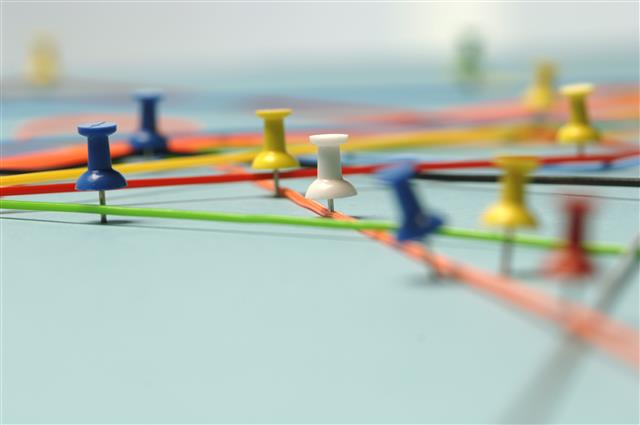Written by Howard Fenton, Senior Technology Consultant at NAPL
Have you heard the popular customer service stats?
- Customers are five times more likely to switch to a competitor because of problems with service than because of problems with products or pricing.
- For every customer who complains, 20-30 others experience problems that you never hear about. At least six may be serious.
- These 20-30 dissatisfied customers will complain to an average of 18 friends and acquaintances.
- Finally, it costs five times as much to identify and recruit new customers as it does to keep an existing one
As a result, most people agree that customer surveys are an important part of any focus on improving performance. We do a lot of surveys and focus on: competitiveness (also known as perceived value), customer satisfaction, and changes in customer demand.
One of the challenges in working with surveys is finding better ways to measure and report results. When discussing competitiveness or perceived value we have a scale called the competitiveness index. But for the last few years, we have struggled with a measurement for customer satisfaction. So for the last two years we have been looking at a new method known as the Net Promoter Score.
The Net Promoter index is a customer loyalty metric developed by Fred Reichheld from Bain & Company. It was first discussed in his 2003 Harvard Business Review article “The One Number You Need to Grow.” The most important benefit is the very simple method of focusing to create more “Promoters” and fewer “Detractors.”
The article showed that “net promoter scores,” which measure the difference between the percentage of customers who give high responses (“promoters”) and those who give low ones (“detractors”), correlate closely with a company’s revenue growth.
The results are summarized into promoter scores, which include excellent and above average scores, and detractor scores, which include below average and poor scores. Subtracting the detractor score from the promoter score results in the Net Promoter Score.
We have been using the Net Promoter index for the last few years to benchmark performance. We believe that a score of 77 or higher is excellent or word-class, a score between 76-70 is average or “As good as outside” and a score below 70 is a problem that requires attention.
Have you measured customer satisfaction, competitiveness and or changing customer’s needs? If the answer is yes, what was the measurement and was it actionable?
Howard Fenton is a Senior Technology Consultant at NAPL. Howie advises commercial printers, in-plants, and manufacturers on workflow management, operations, digital services, and customer research. He is a paid contributor to this blog.



We use Net Promoter Score and find it really useful. However, we also ask another question with a follow up that seems to work. We’re a training company and we used to ask this question after our sessions with clients:
“Did the training session ‘not meet, meet or exceed your expectations?’ The implication being did we ‘not satisfy’, ‘satisfy’ or ‘delight’ our customers? We changed this when having been asked to do a session for a client’s team who had been put through a series of sessions from another provider, one participant ticked the box that said our session ‘exceeded his expectations’. when asked why, he wrote ‘Because it wasn’t as bad as all the training they’ve sent us on!’ Hardly a ringing endorsement! I also had a guy who once came to one of my seminars who said it ‘met his expecations’ – He went on to say ‘I thought it was going to be a waste of time, and it was’!!!!!!! It’s all about expectations!
So, now as well as the NPS question, we ask ‘Were you COMPLETELY happy?’ Yes or No, and then followed up by ‘Why / Why Not?’
Tough questions, but they do help us find out what our customers think!
Hope you were COMPLETELY happy with my comment Howard!!!!
Great article, Howie.
As noted by Andy, it’s not good enough simply to measure a Net Promoter score. You must also take action on what you learn from the feedback your customers provide.
Therefore, since we published the original HBR article 8 years ago, we’ve developed NPS from “Net Promoter score” into “Net Promoter SYSTEM.” At the heart of the system is fast-cycle, closed-loop feedback and learning — an operational approach to collecting feedback from customers and taking action on it right away.
Charles Schwab was one of the early adopters of this approach, and there’s a short video describing how they do this. You can view it here: http://www.bain.com/publications/articles/closing-customer-feedback-loop-at-charles-schwab-video.aspx
Fred Reichheld and I have also documented more about the full Net Promoter system in our upcoming book, The Ultimate Question 2.0, which will be published this September 2011. You can see a preview of the book at http://www.netpromotersystem.com.